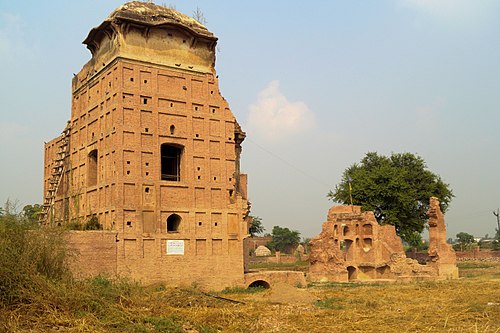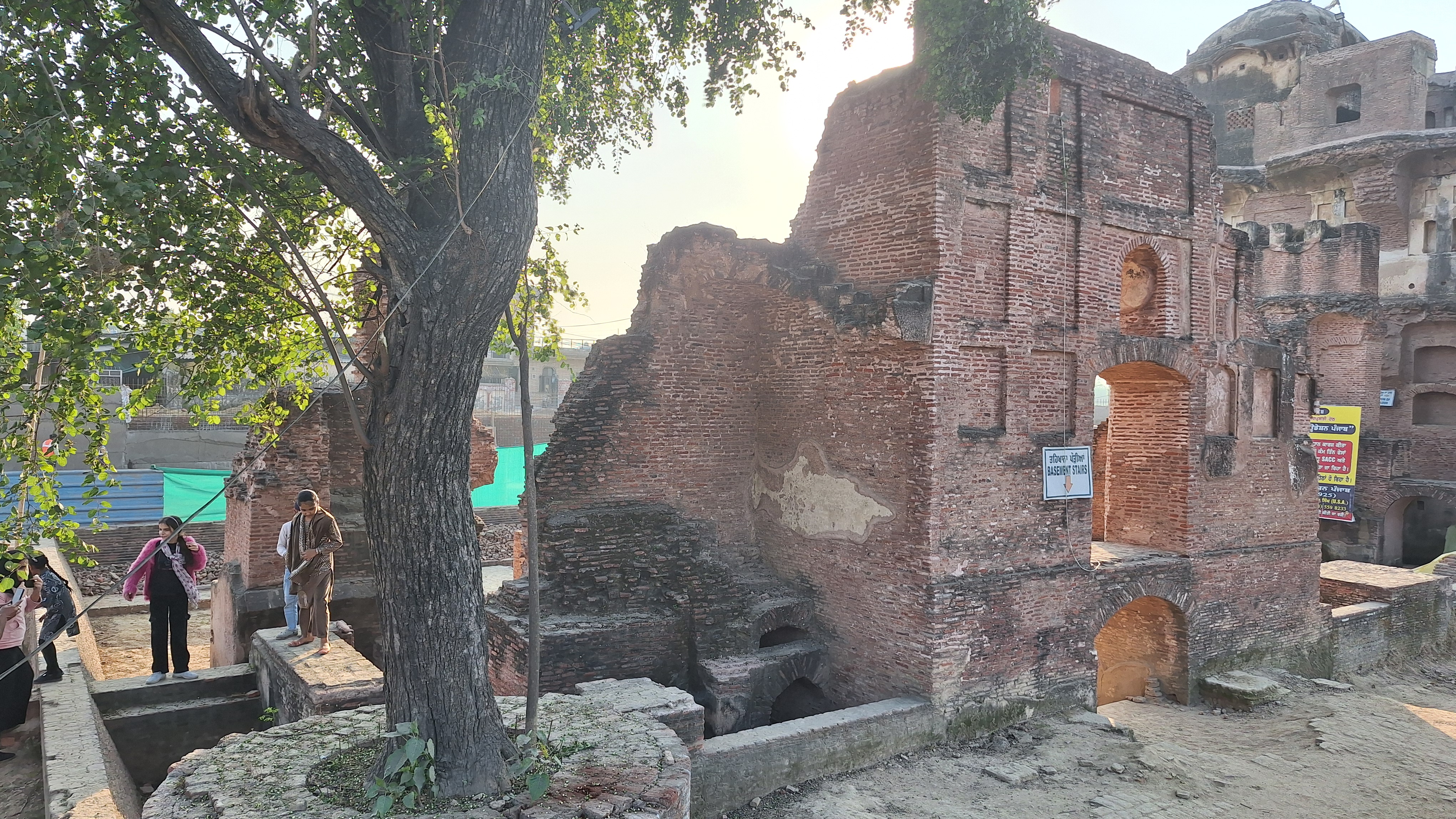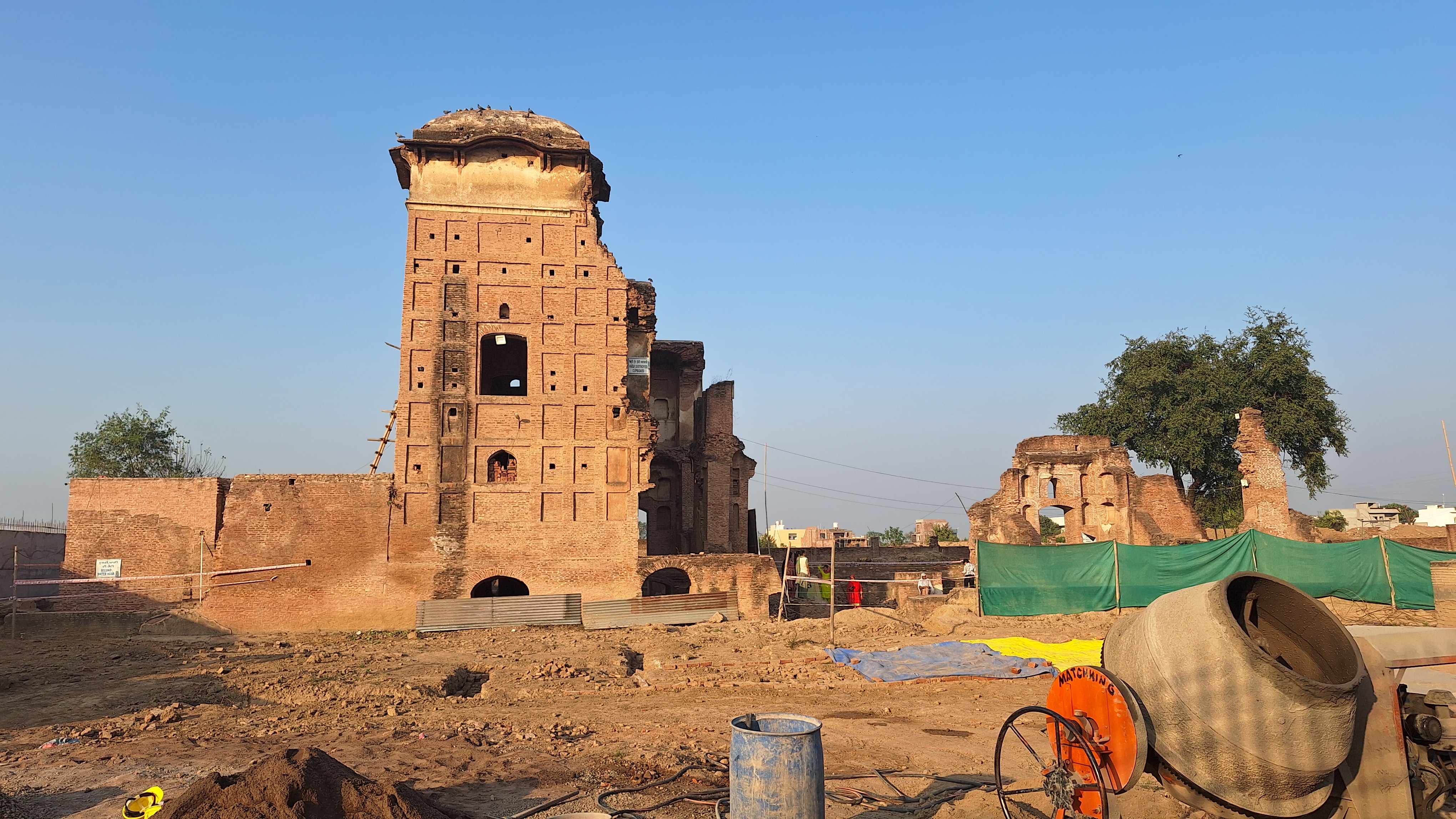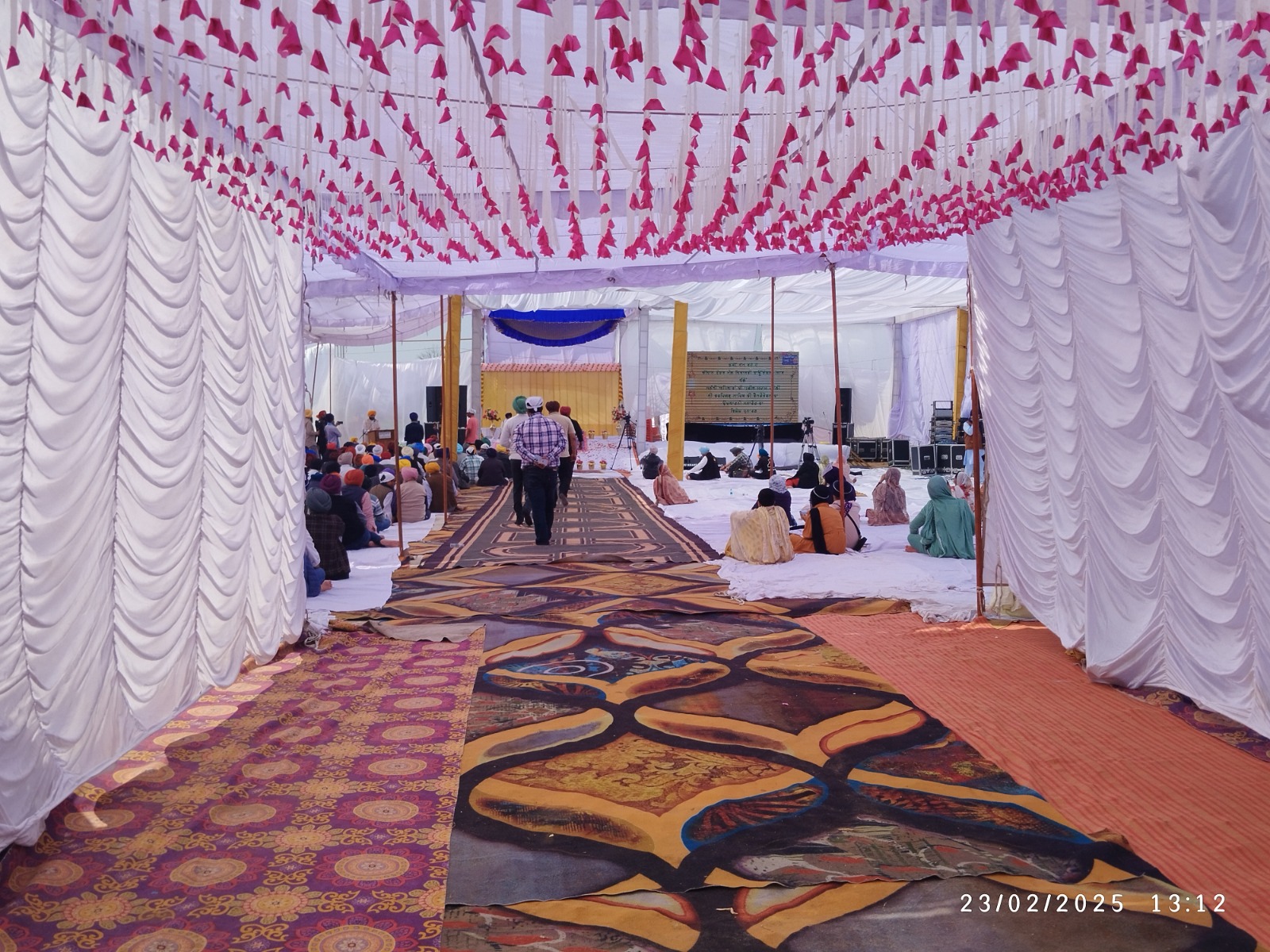HISTORYwelcome To Jahaz haveli

About Jahaz haveli
Legend has it that the merciless governor of Sirhind, Wazir Khan, commanded the execution of the Sahibzadas when they resisted his demand for conversion to Islam. This instilled fear in the society, and no body dared to offer crimination to Sahibzadas and grand mother Gujri ji However, Diwan Todar Mal bravely stood up for justice and sought to ensure the martyrs were properly honored. In response, Wazir Khan imposed a condition.Only the land covered by the gold mohars (gold coins) produced by Todar Mal would be granted for the cremation.
-
Undeterred, the Diwan provided the necessary coins and acquired the land needed. It is estimated that a minimum of 7,800 gold coins were required for the purchase. History tells us that Seth ji raised the required number of coins and that he cremated the three bodies and put the ashes in an urn which he buried in the land he had bought.
-
The site is now marked by Gurdwara Jyoti Saroop at Fatehgarh Sahib, near Sirhind.

SIGNIFICANCE FOR SIKH COMMUNITY
The Todar Mal Haveli popularly known as Jahaz Haveli or Jahaz Mahal is the 17th-century residence (haveli) of Todar Mal Jain, a local businessman from Sirhind, and an ardent follower of the Sikh Gurus, who became the diwan in the court of Nawab Wazir Khan, the Governor of Sirhind, under Mughal Empire. Today, he is most remembered for defying the Mughals by arranging for the cremation of young martyred sons of Guru Gobind Singh and his mother.
The haveli is situated in Harnam Nagar, on the Eastern side of Sirhind-Rupnagar Railway Line just 1 km away from Fatehgarh Sahib.
-
In Sikh history, he is remembered for buying a small piece of land at a very huge price saying the world's costliest land ever bought for the cremation of the dead bodies of Mata Gujri, the mother and Sahibzada Zorawar Singh and Baba Fateh Singh, the two younger sons of 10th Sikh Guru, Guru Gobind Singh in 1704 A.D, by paying an exorbitant price to the Wazir Khan 'Governor Of Sirhind'.
-
He had to cover the whole piece of land with gold coins (ashrafis) in a vertical position, as he was asked to vertically place gold coins on the land and only that much land was given to him which he could cover with gold coins. He later also made arrangements for their cremation.

CASE STUDY OF SIMILAR BUILDING TYPOLOGIES OF SAME TIME
According to the lore of that era, the city had around 360 mosques, gardens, tombs, caravansarais and wells. Sadly, only about three dozen of these remain today, including the beautiful Aam Khas Bagh. A significant specimen of Mughal architecture, the Aam Khas Bagh's origin has been traced to the reign of Emperor Akbar, who first visited Sirhind in 1566. Another monument that has survived the ravages of time is the Jahaz Haveli belonging to Todar Mal (not the Todar Mal in Akbar’s court), a diwan in the court of the Mughal Governor of Sirhind, Wazir Khan (1635-1710 CE).
Made of bricks, the entire haveli was decorated with fountains and pools, with a grand reception area to receive and entertain guests.
-
Two water bodies of similar nature one in Jahaz haveli and other in Aam Khas Bagh both have a central fountain feature along with water channel connected with them.
-
Aam Khas Bagh Building Pattern- Elevation And Functionality Is Almost Similar To Jahaz Haveli Of Diwan Todar Mal.

Inauguration ceremony of Restoration work of
Jahaz haveli
The inauguration ceremony of the restoration work of Jahaz Haveli, Fatehgarh Sahib, marked a significant step towards preserving our rich heritage. The event was graced by esteemed dignitaries, conservation experts, and local stakeholders, highlighting a collective commitment to safeguarding cultural legacy.
This initiative aims to revive the historical and architectural essence of Jahaz Haveli, ensuring its glory is preserved for future generations.
